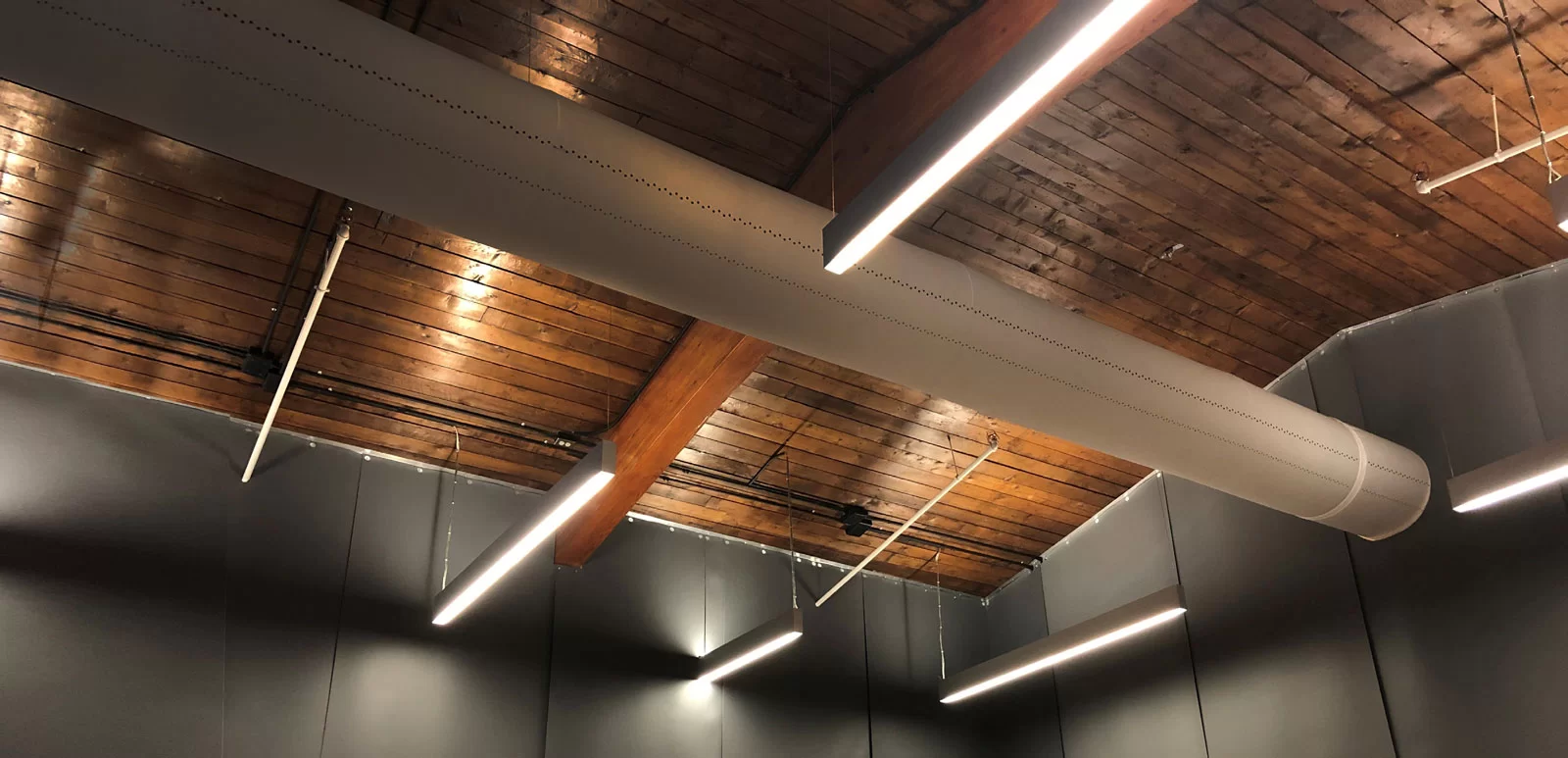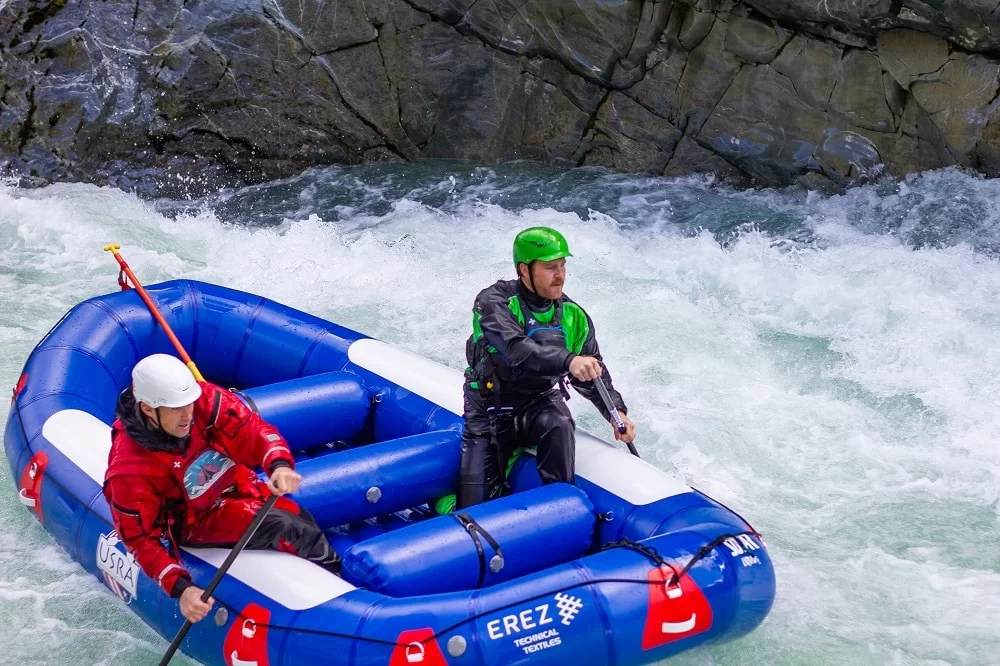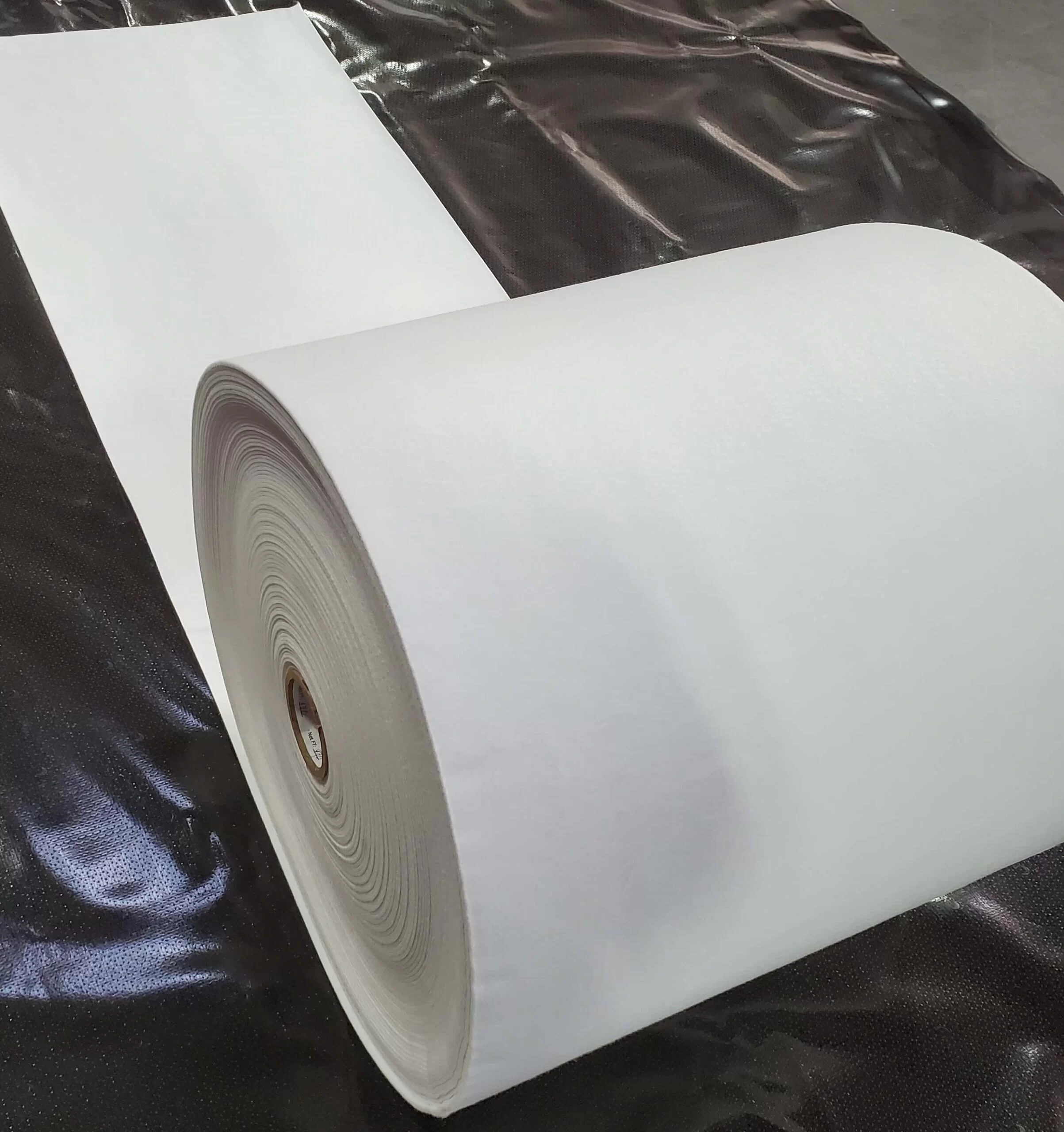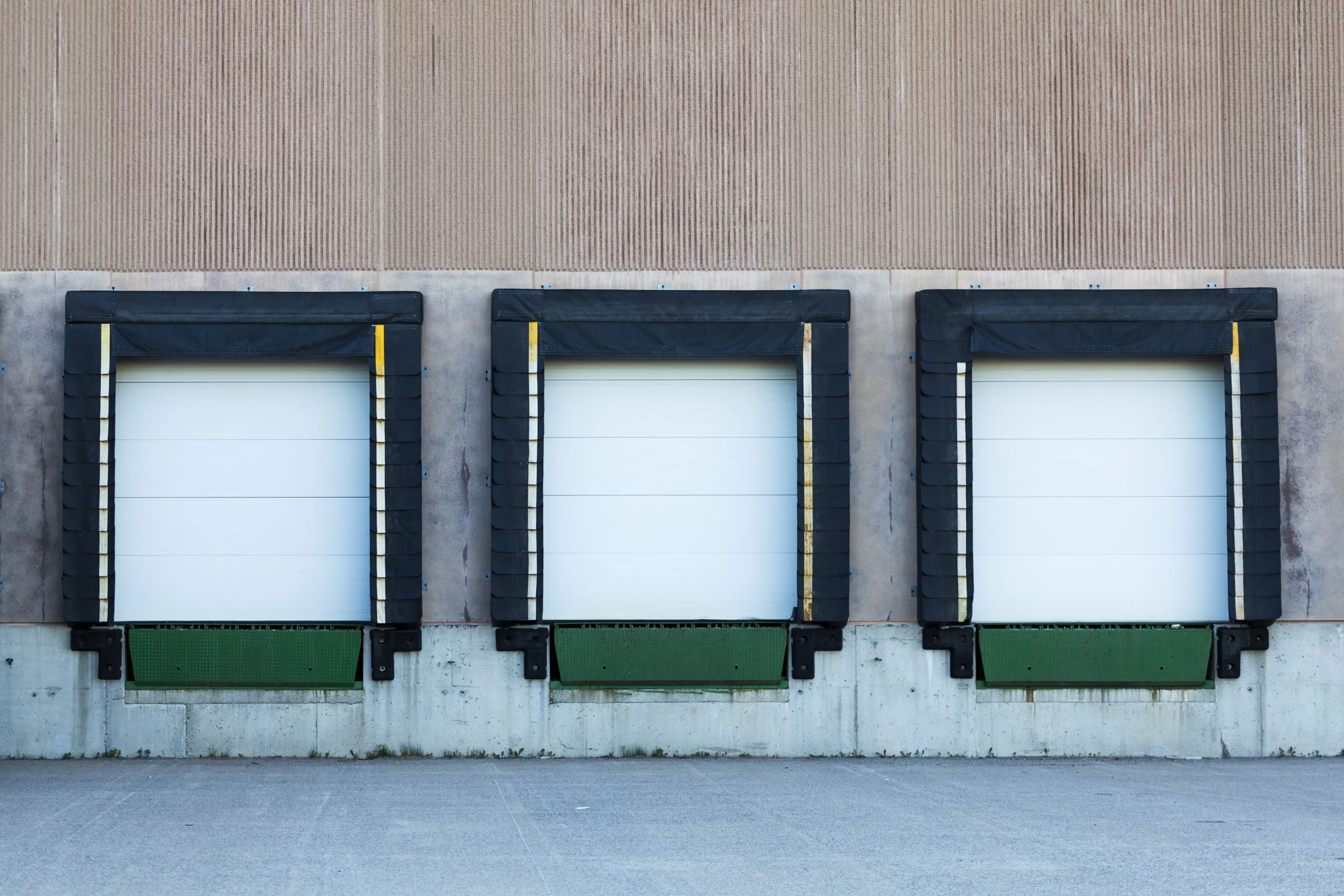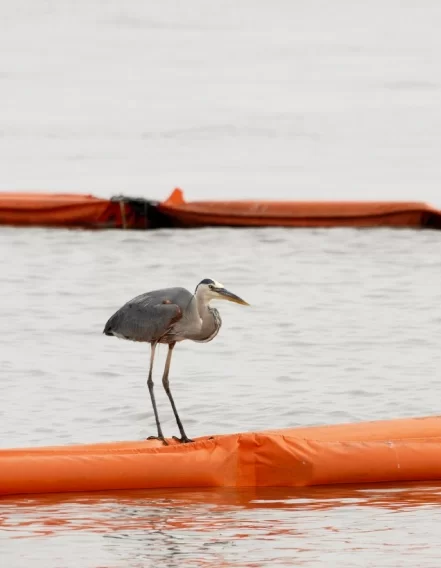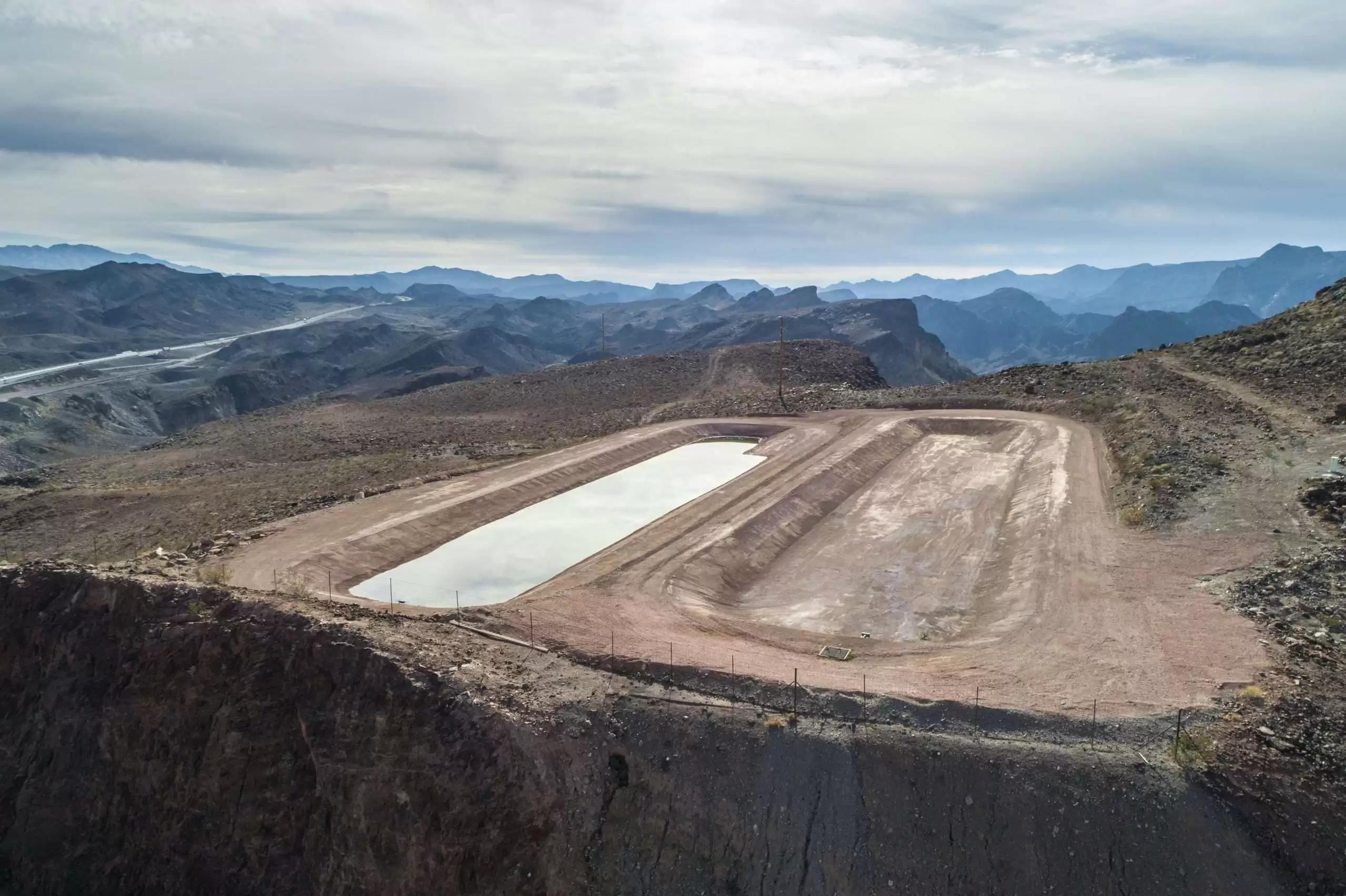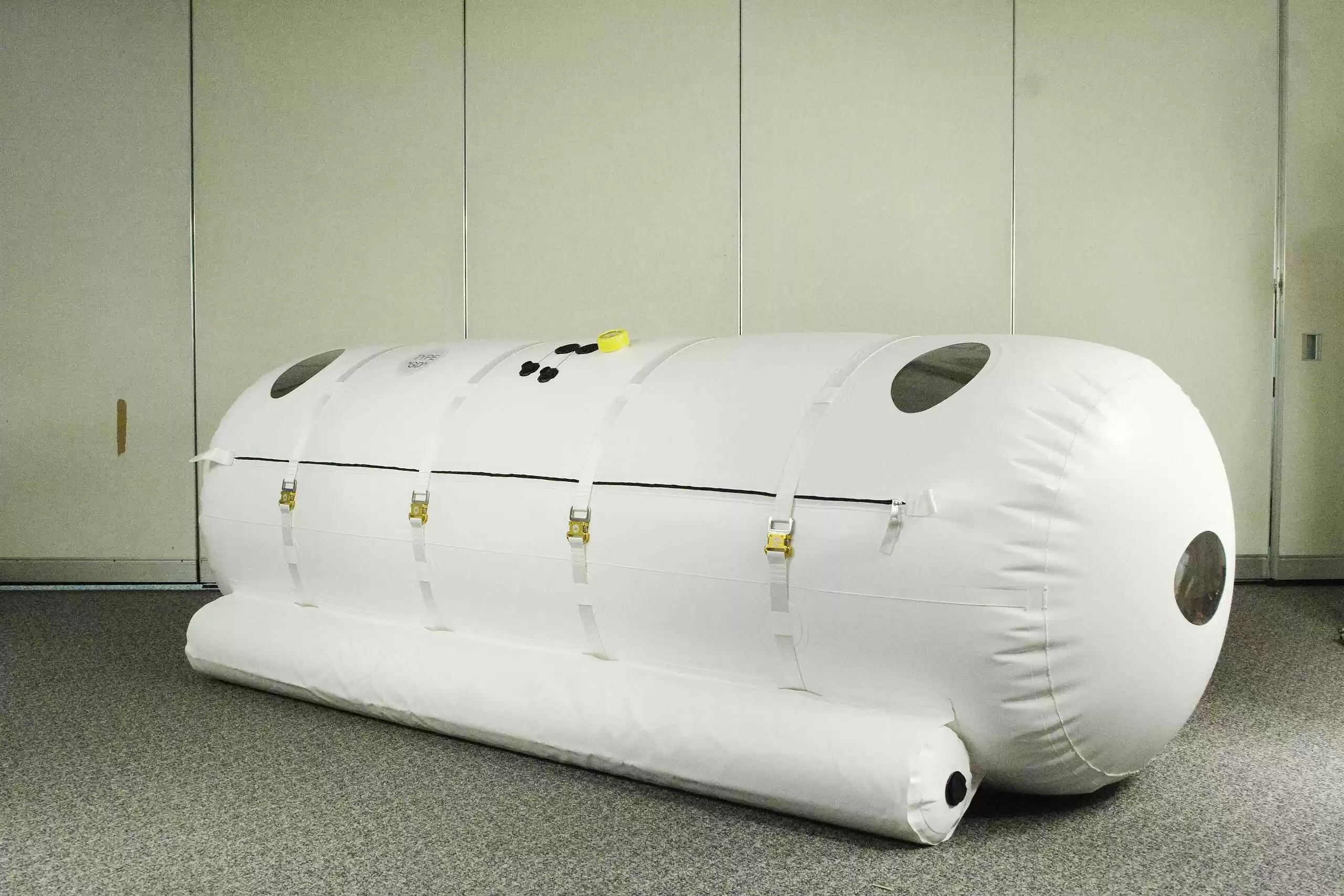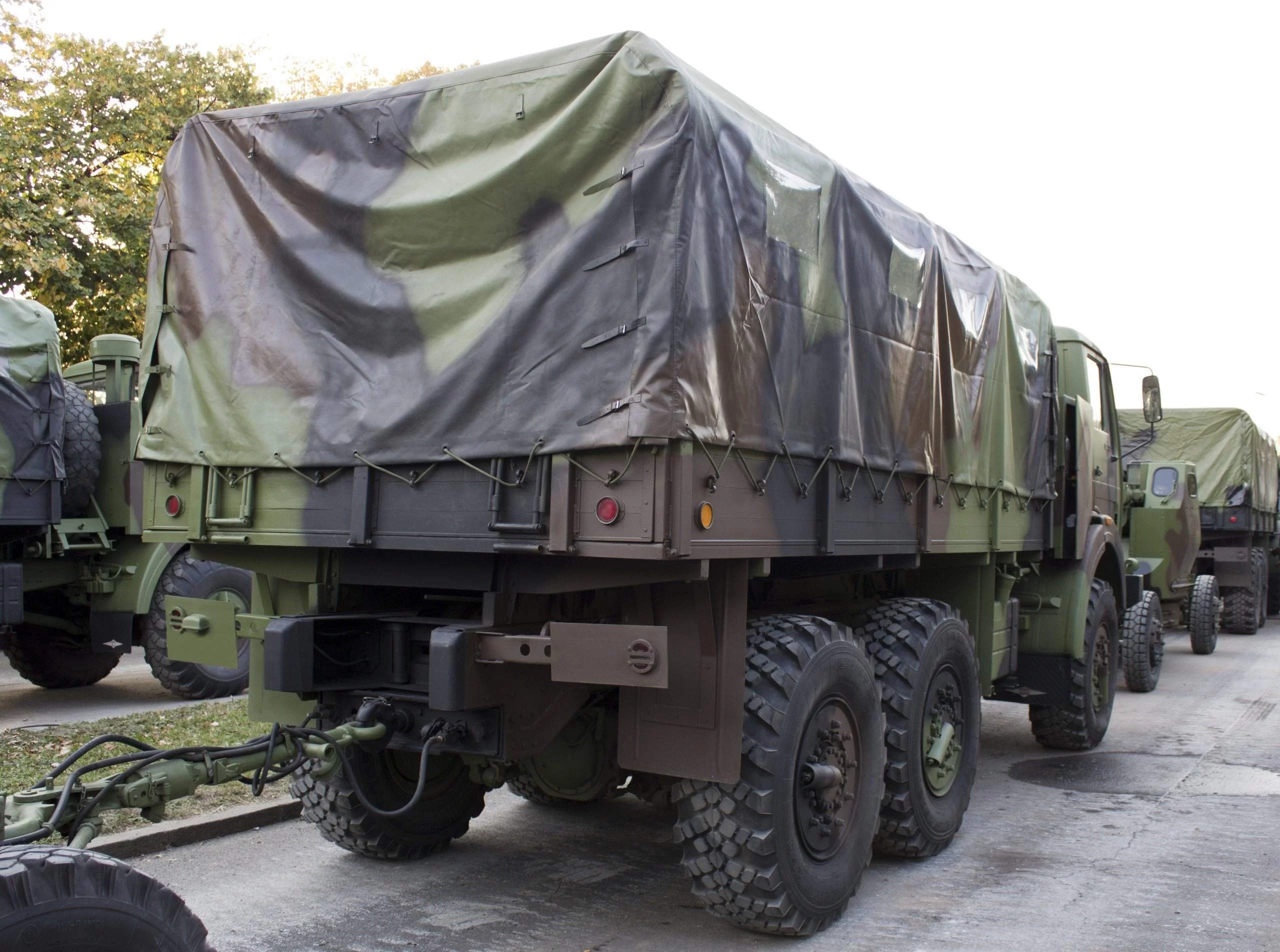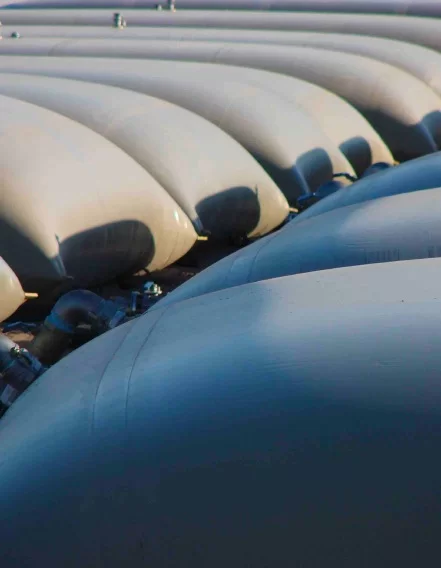CIPP solutions were first introduced in the 70s. Since then, they have proven their worth in various fields across the globe. manufacturing CIPP pipe lining technology had many limitations at first, but it improved with time. CIPP solutions have advanced considerably in the last few years as new and improved curing methods have been established. Today, CIPPs are much more durable, safer, and are versatile enough for a large variety of industrial applications.
Because the variety in the Cured in Place Pipe (CIPP) market is quite significant, manufacturing CIPP pipe lining requires a lot of considerations and a wide range of manufacturing solutions. A manufacturing solution must be able to offer diversity, large fabric handling capacity, multiple seam configuration options, and consistent quality output.
Table of Contents
Manufacturing Factors to Consider:
– The number of layers
– Seam types
– Diameter ranges
– Made to order options
– Packaging for ease of shipment
– Absorption of resin at the seam
– Ability to weld multiple rolls of the same or different thickness simultaneously
– The positioning of each seam within the different layers
– The ability to invert without damaging the integrity of the resin at the seam
– The ability to sew or weld multiple fabrics including Non-wovens or Felt liners that may be coated with polypropylene(TPO), polyurethane(TPU), polyethylene, or PVC
Seam Types:
– Hot-air welded overlap seams
– Hot-air welded butt seams
– Sewn seams (Many Variations)
– Sewn seams with welded tape on top
– Sewn seams with extrusion applied on top
The principles for completing finished CIPP products
All automated systems have the same basic principles in order to complete finished CIPP products. Required in all systems is a heavy-duty unwind to meet the demands of cured-in-place materials and fabrics. A heavy-duty puller to move the product through the system. A guiding and web control closed-looped system to ensure proper tension and alignment of the product into the sewing and welding areas. It may be required to have more than one type of seam bonding (weld, sew extrude) system or multiple combinations. Lastly, it is important to have a good consistent, and quality output system for a product that can be shipped to a customer on-demand or for stock.
The Fabric Manufacturing Process can Determine the Quality and Performance of Your CIPP Solution
Cured-in-place-pipes are certainly a convenient and durable choice of pipe repairs and other applications. However, they undergo a lot of processes before they are ready for deployment in the field. The manufacturing process often determines the quality and other essential performance characteristics of any CIPP solution. You must take extra care that all the technical characteristics, intended applications, seam type, absorption rate, and numerous other factors are being considered. This will ensure consistent and long-lasting performance for your CIPP solution in any location.
Credit to Miller Weldmaster

